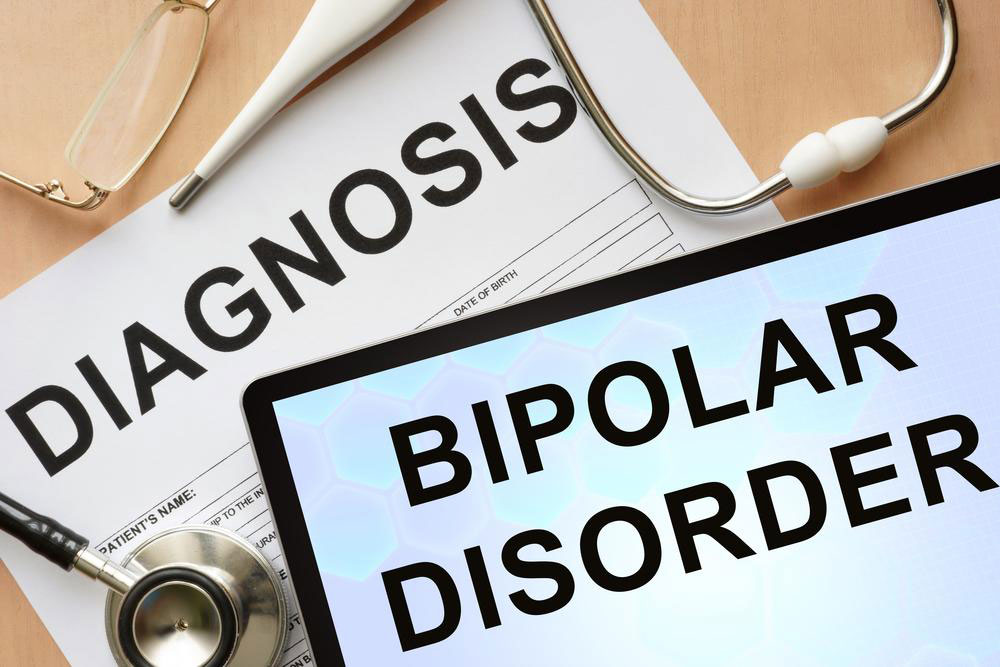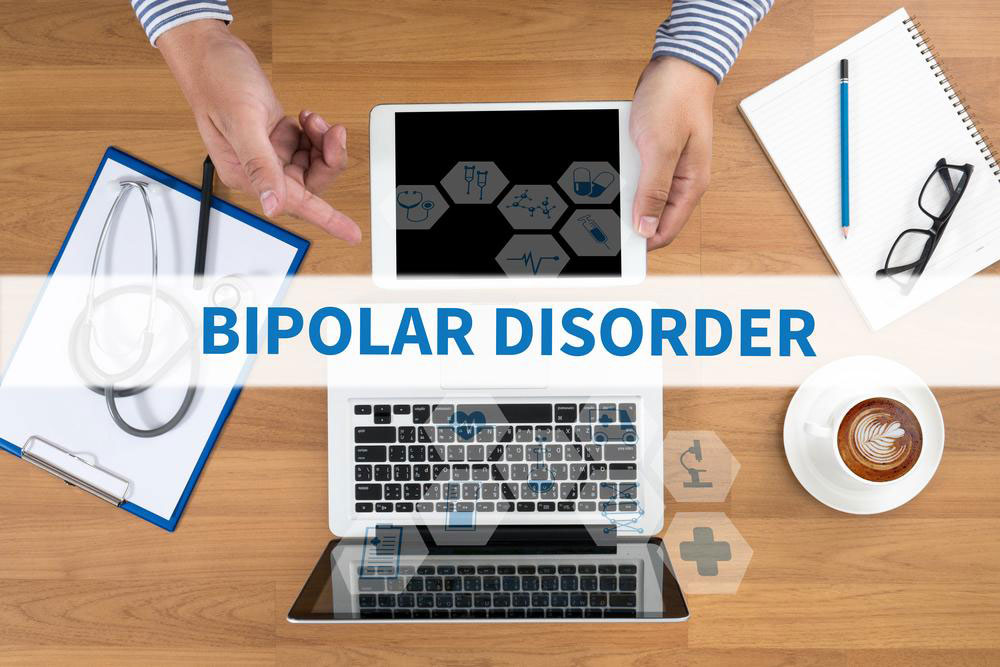Comprehensive Guide to Recognizing the Signs and Symptoms of Bipolar Disorder
Bipolar disorder is a challenging mental health condition characterized by extreme mood swings, including mania and depression. Recognizing these symptoms early enables timely diagnosis and effective treatment, helping individuals lead balanced and fulfilling lives. This comprehensive guide explores the signs, symptoms, and management strategies for bipolar disorder, emphasizing the importance of awareness and support in mental health care.

Understanding the Key Signs and Symptoms of Bipolar Disorder
Bipolar disorder, also known as manic-depressive illness, is a complex and often misunderstood mental health condition that impacts millions worldwide. Characterized by extreme fluctuations in mood, energy, and activity levels, this disorder significantly affects a person's daily life, relationships, and overall well-being. Recognizing the signs and symptoms early can lead to timely diagnosis and effective management, which is essential for leading a stable and fulfilling life. In this comprehensive guide, we will explore the various manifestations of bipolar disorder, delve into the details of manic and depressive episodes, and discuss the importance of proper treatment and support.
Identifying Manic Episodes and Their Characteristics
During a manic episode, individuals experience a noticeable and often disruptive elevation in mood that can last for days or weeks. These episodes are marked by a remarkable increase in energy and activity, often manifesting as euphoria or an excessive sense of well-being. Some common features of mania include:
Prolonged periods of heightened, euphoric, or irritable mood that persist over days.
A significant reduction in the need for sleep, despite feeling full of energy.
Rapid speech, racing thoughts, and difficulty in maintaining a focused conversation.
Overwhelm of restlessness, making it difficult to sit still or stay calm.
Risky decision-making that can have serious consequences, such as impulsive spending sprees, reckless sexual behavior, or compulsive gambling, often risking personal and financial stability.
Depressive Episodes: Recognizing the Signs of Low Mood
Conversely, depressive episodes involve feelings of sadness and hopelessness that can be just as disruptive. These episodes tend to last for weeks or months and are characterized by several key symptoms:
Persistent feelings of deep sadness, hopelessness, or emptiness that seem to take over the person’s emotional state.
Withdrawal from social interactions, loss of interest in activities that once brought joy, and avoidance of daily responsibilities.
Noticeable decrease in appetite or sudden weight changes.
Chronic fatigue, low energy, and a sense of sluggishness that can impair daily functioning.
Effective Management and Treatment Options for Bipolar Disorder
This mental health condition commonly develops during late adolescence or early adulthood, but it can also affect children and older adults. Early diagnosis is vital, as it allows for the implementation of effective treatment plans that may include medication, psychotherapy, lifestyle changes, and support groups. Proper management helps individuals minimize the severity of episodes, reduce their frequency, and improve their overall quality of life.
Awareness about bipolar disorder is essential not only for those experiencing symptoms but also for their loved ones and caregivers. Understanding the disorder enables better support, decreases stigma, and encourages individuals to seek help without fear of judgment. If you or someone you know exhibits signs of bipolar disorder, consulting a mental health professional is the first step towards recovery and stability.





